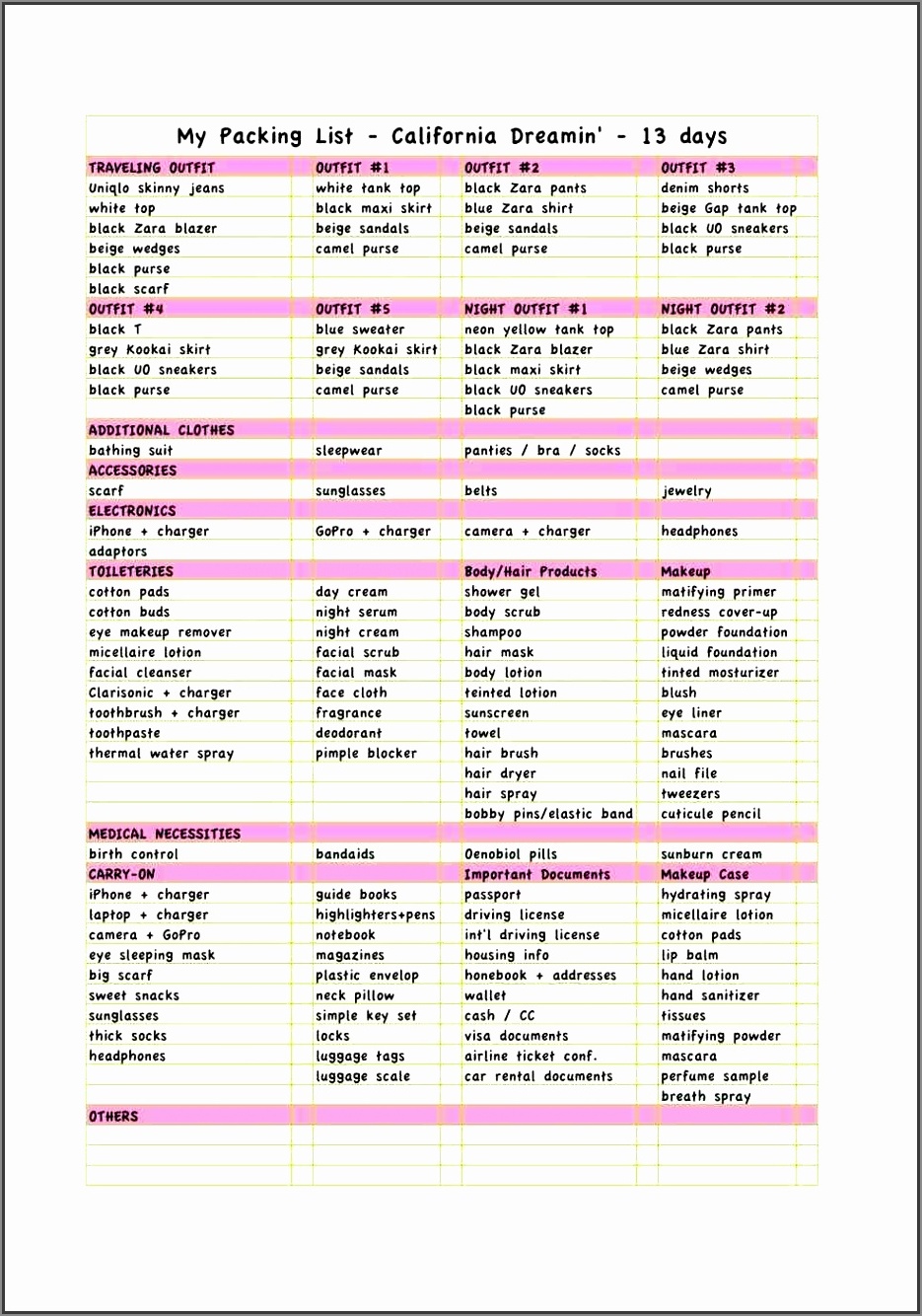Moving to a new home can be an exciting but overwhelming experience. With so many things to consider and tasks to complete, it’s easy to feel stressed and anxious. One of the most important aspects of a successful move is proper packing. Having a well-organized packing list can make the process smoother and ensure that nothing gets left behind.
In this article, we will provide you with a comprehensive moving packing list to help you stay organized and make your move as stress-free as possible.
What to Do Before You Start Packing?
Before you dive into the packing process, there are a few essential tasks you should complete:
- Declutter: Take the time to go through your belongings and get rid of anything you no longer need or want. This will not only make the packing process easier but also help you start fresh in your new home.
- Create a Moving Binder: Keep all your moving-related documents, such as contracts, receipts, and contact information, in one place. This will help you stay organized throughout the entire process.
- Notify Important Parties: Inform your utility companies, bank, and any other necessary parties about your upcoming move. Arrange for services to be transferred or disconnected as needed.
How to Pack Room by Room
Packing room by room is an efficient way to ensure that everything is properly organized and labeled. Let’s take a look at how to pack each room:
1. Kitchen
The kitchen is usually one of the most challenging rooms to pack due to the number of fragile and breakable items. Here’s how you can pack your kitchen efficiently:
- Wrap each dish, glass, and mug individually with packing paper or bubble wrap.
- Use dividers or cardboard to separate plates and stack them vertically in a box.
- Pack small appliances in their original boxes, if possible. Otherwise, use bubble wrap and packing paper to protect them.
- Seal all boxes containing liquids tightly and place them in a plastic bag to prevent leaks.
2. Bedroom
Packing your bedroom may seem like a daunting task, but with the right approach, it can be relatively straightforward. Here are some tips:
- Start by packing out-of-season clothing and items you won’t need immediately.
- Use vacuum-sealed bags to save space and protect your clothes from dust and moisture.
- Disassemble and pack your bed frame and headboard, if possible. Keep all screws and hardware in a labeled bag.
- Wrap and protect any fragile items, such as mirrors or artwork, with bubble wrap or moving blankets.
3. Living Room
Your living room likely contains many valuable and delicate items. Follow these tips to pack your living room belongings safely:
- Wrap and protect your electronics, such as TVs and sound systems, with bubble wrap and secure them in their original boxes, if available.
- Disassemble any furniture that can be taken apart, and keep the screws and hardware in a labeled bag.
- Pack books in small or medium-sized boxes to prevent them from becoming too heavy.
- Use furniture blankets or padding to protect your furniture during the move.
4. Bathroom
Packing your bathroom can be relatively simple compared to other rooms. Here’s what you need to do:
- Dispose of any expired or unused toiletries.
- Wrap breakable items, such as mirrors or glass containers, in bubble wrap or packing paper.
- Place toiletries and other small items in sealable bags to prevent leaks.
- Pack towels and linens in separate boxes or use them to fill gaps in other boxes.
5. Home Office
Your home office likely contains important documents and equipment that require extra care. Follow these steps to pack your home office effectively:
- Organize and label your documents, so you can easily find them after the move.
- Securely pack your computer and other electronics in their original packaging, if available. If not, wrap them in bubble wrap and use packing peanuts for extra protection.
- Backup your computer files before the move to prevent any data loss.
- Label all cords and cables to make reassembling your devices easier.
6. Garage
The garage is often filled with a wide variety of items, making it a challenging space to pack. Here are some tips to help you organize your garage belongings:
- Sort through your items and dispose of any hazardous materials or items you no longer need.
- Use clear plastic bins to store and organize smaller items, such as tools or sports equipment.
- Drain any fluids from lawnmowers, generators, or other machinery before packing them.
- Wrap sharp or pointed tools with bubble wrap and tape to prevent injuries.
7. Outdoor Items
Don’t forget about your outdoor belongings when packing for a move. Here’s how to pack them safely:
- Empty and clean any outdoor furniture before packing it.
- Disassemble larger items, such as grills or trampolines, and keep all hardware in labeled bags.
- Wrap and protect fragile items, such as garden ornaments or pots, with bubble wrap or moving blankets.
- Pack outdoor tools, like shovels or rakes, in long boxes to prevent damage.
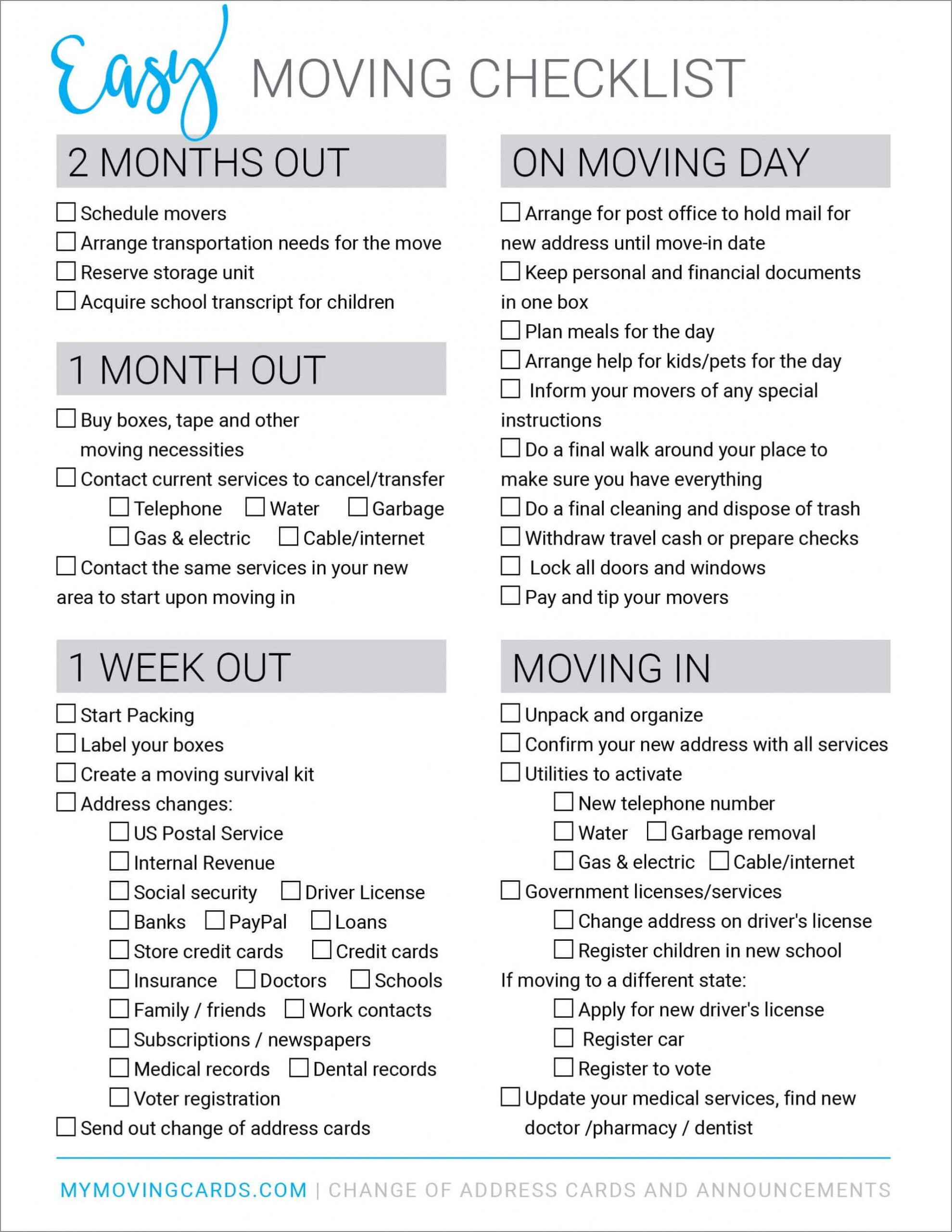
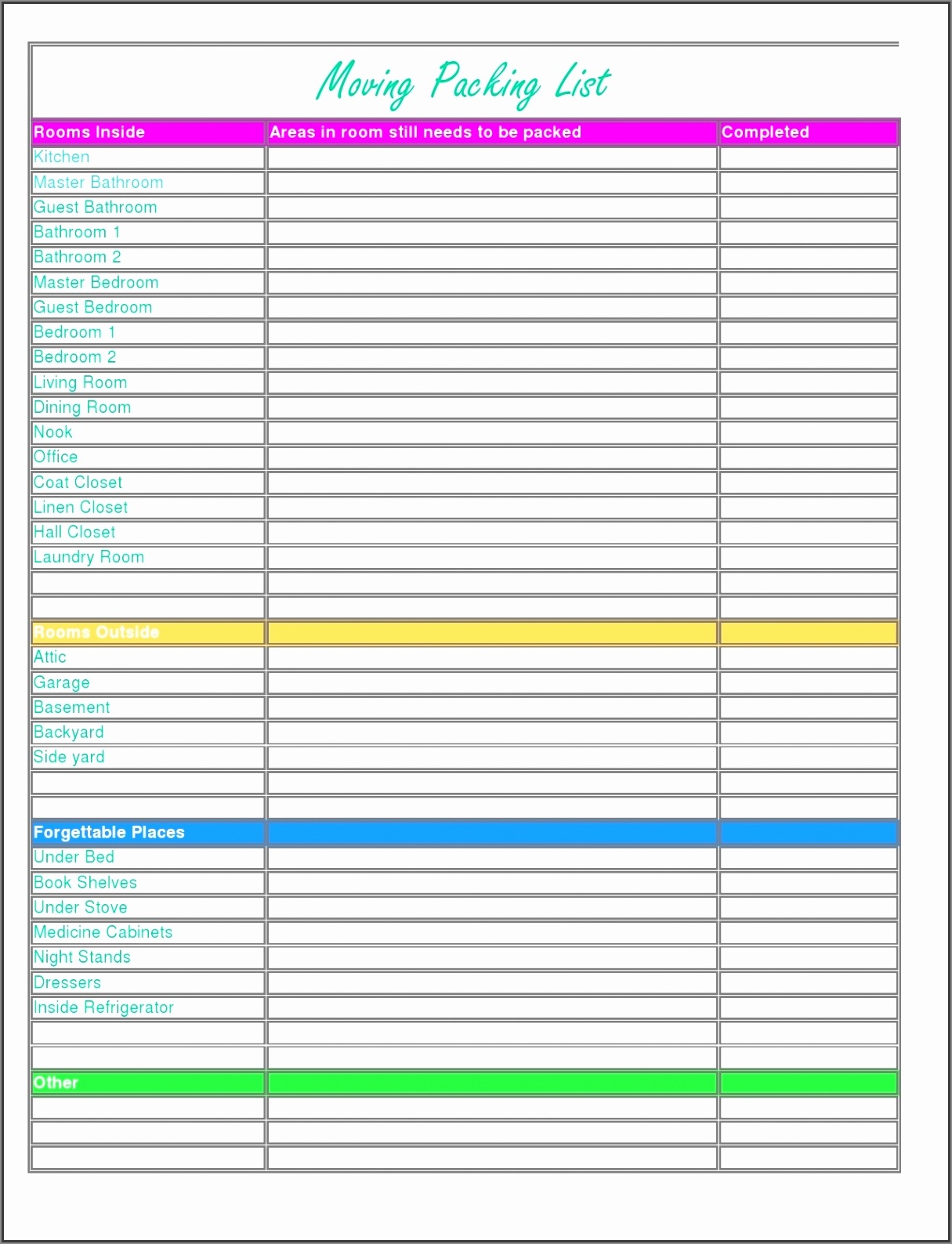
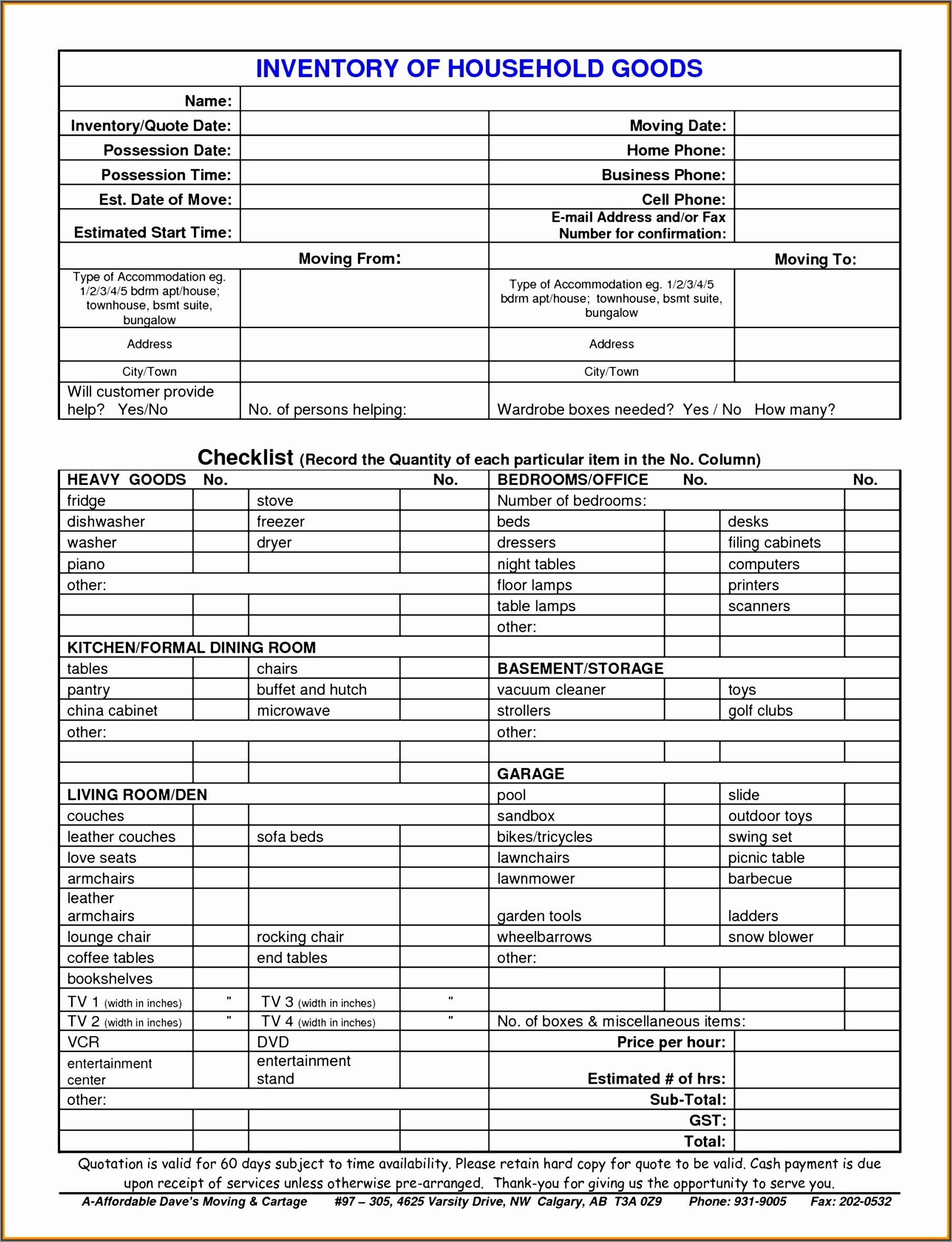
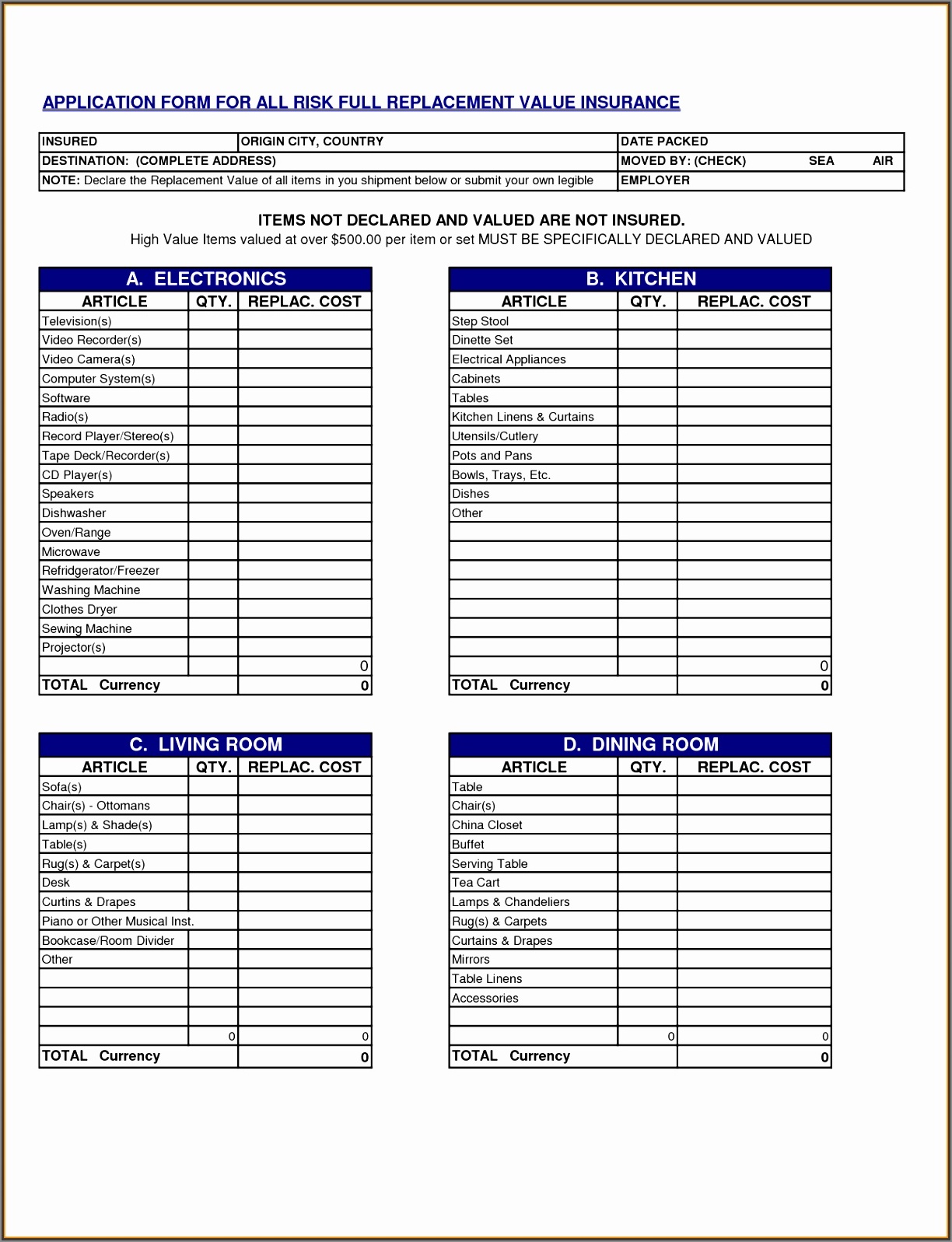
Essential Moving Supplies You’ll Need
In addition to knowing what to pack, it’s important to have the right supplies on hand. Here are some essential moving supplies you’ll need:
- Boxes: Stock up on various sizes of sturdy boxes to accommodate different items.
- Packing Tape: Invest in high-quality packing tape to secure your boxes.
- Packing Paper or Bubble Wrap: Use these materials to wrap fragile items and provide cushioning.
- Markers: Label your boxes clearly with markers to make unpacking easier.
- Furniture Blankets: Protect your furniture from scratches and dents during the move.
- Ziploc Bags: Use these bags to store small items and keep them organized.
Conclusion
Having a well-organized moving packing list can make your move much smoother and less stressful. By following this comprehensive guide, you’ll be able to pack each room efficiently and ensure that nothing gets left behind. Remember to stay organized, use the right supplies, and give yourself plenty of time to complete the packing process. Happy moving!
Moving Packing List Template Excel – Download
